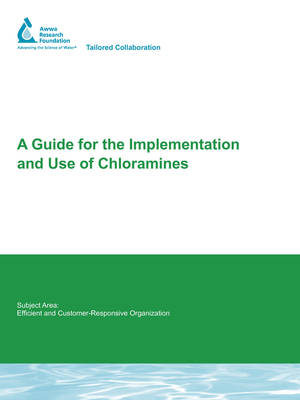Water Research Foundation Report
1 total work
A Guide for the Implementation and Use of Chloramines
by L. Harms and C. Owen
Published 30 April 2005
Chloramination of drinking water is not a new technology. Some water utilities have successfully used chloramines for over 40 years; other utilities have experienced problems including nitrification, stimulation of biological growth, an inability to maintain adequate chlorine residuals, and customer complaints about the taste and/or odor of the water. Today, many utilities are considering chloramines as a secondary disinfectant within their distribution system, primarily as an economical method to meet ever more stringent disinfection byproduct limits. The primary purpose of this project was to develop material that could be used as a concise and practical guidance manual for those responsible for chloramination at water works facilities. A survey was conducted by mail of 63 public water systems that use chloramines. Telephone interviews were used as a follow-up to clarify information and gain additional insight into daily operations. Thirteen utilities were selected for an in-depth on-site visit to establish today's best operating practice for chloramination. These results were compared against a review of the current pertinent literature. Finally, a user's guide was compiled for those implementing or using chloramines. Originally published by AwwaRF for its subscribers in 2004.
